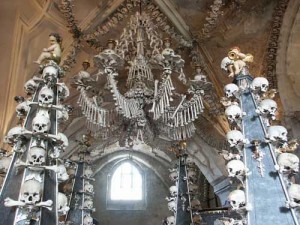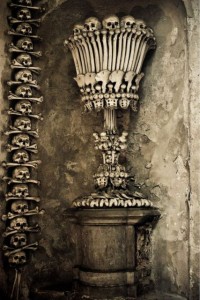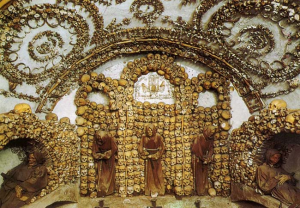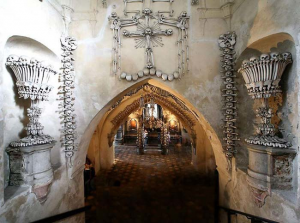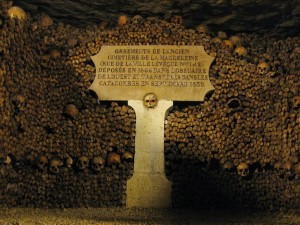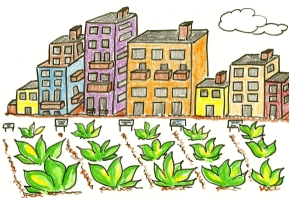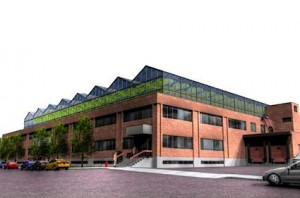For our second essay assignment we were required to describe the extent of how the Athens Charter was implemented in the (re)construction and development of certain areas in/close to cities throughout Europe. During my research I was surprised and impressed by the extent to which the policies of the AC were implemented into the cities and areas throughout the European nations – particularly in the Netherlands (Rotterdam and Amsterdam). During and after the end of the Second World War, the Dutch naval ports and city transportation hubs were essential for the movement and transport of men and supplies – both military and civilian – throughout Western Europe. In order to meet the growing demands for its allies, and to provide proper medical and residential aid for the beleaguered Dutch, the Netherlands underwent massive re-development and reconstruction from the destruction left behind by the Nazis occupation forces and Allied total warfare.
In his article about the urban renewal policies in the Netherlands and the United Kingdom, Graff provides an in-depth description of the intense reconstruction of the city borough of Hoogvliet in the central area of Rotterdam. Throughout the 1970’s and 1980’s, Hoogvliet feel behind its neighboring regions in terms of residential housing and educational infrastructure, resulting in most of its younger citizens leaving to seek better opportunities elsewhere. Consequently, Hoogvliet was subjugated to several reconstruction programs designed to improve its educational and recreational stability. Even today these improvements play a key role in the city’s expansion as a major naval port and trade center for Rotterdam and the Netherlands in a whole.
Graff, P.F. van der (Jan. 2009). “Out of place? Emotional ties to the neighborhood in urban renewal in the Netherlands and the United Kingdoms”. Amsterdam: Vossiuspers UvA – Amsterdam University Press, XV, 313.

